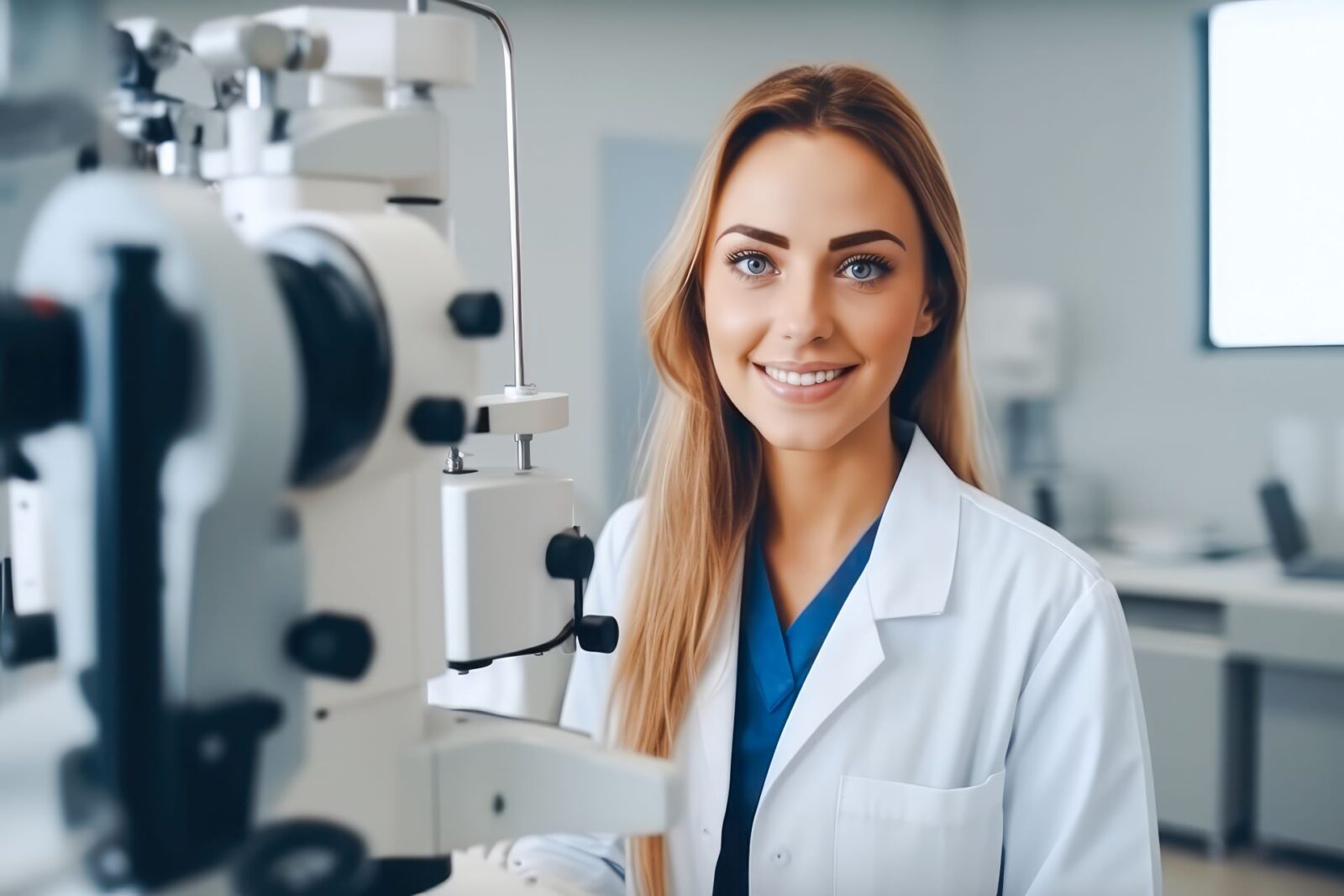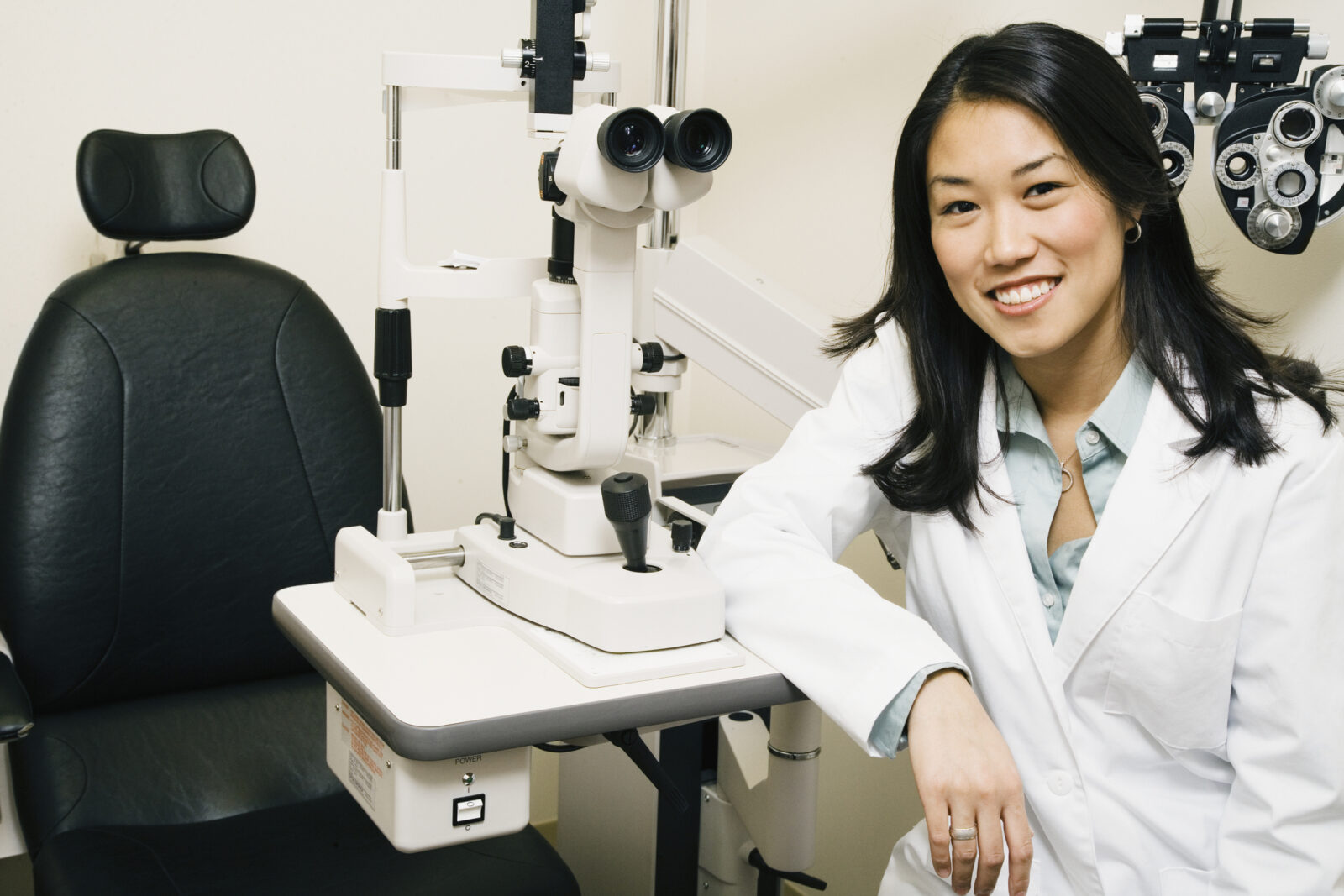Is LASIK Eye Surgery Safe?
LASIK eye surgery is a popular procedure that can correct vision problems such as nearsightedness, farsightedness, and astigmatism. In general, it is a safe procedure with a low complication rate, but it is important to weigh the risks and benefits before making a decision.
How Safe Is LASIK?
The safety of LASIK has been studied extensively. The complication rate for LASIK is estimated to be less than 1%. The most common complications are dry eyes and glare, which usually go away on their own within a few weeks or months. Other, more serious complications, such as infection and corneal ectasia, are rare.

Who Is a Good Candidate for LASIK?
Not everyone is a good candidate for LASIK. You may not be a good candidate if you have:
- Thin corneas
- Active eye infections or inflammation
- Dry eyes
- Certain medical conditions, such as diabetes or glaucoma
What Are some of the Benefits of LASIK?
The benefits of LASIK include:
- Improved vision
- Reduce dependency on glasses or contact lenses
- Improved quality of life
What Are some of the Risks of LASIK?
The risks of LASIK include:
- Dry eyes
- Glare
- Night vision problems
- Infection
- Corneal ectasia (a thinning of the cornea that can lead to vision loss)
Should I Get LASIK Eye Surgery?
The decision of whether or not to get LASIK eye surgery is a personal one. You should weigh the risks and benefits carefully and discuss the procedure with your eye doctor.
If you are considering LASIK eye surgery, it is important to do your research and choose a qualified LASIK surgeon. You should also ask about the surgeon’s experience with LASIK and their number of procedures performed.
I hope this article has helped you learn more about the safety of LASIK eye surgery. Like any surgery, LASIK has risks and potential complications that are discussed during a surgical consultation prior to the procedure. If you have any further questions, please consult with your eye doctor.
Sources:
Refractive Surgery Council. “Is LASIK Safe? What You Need to Know,” October 13, 2022. https://americanrefractivesurgerycouncil.org/is-lasik-safe/#:~:text=LASIK%20is%20one%20of%20the,of%20patients%20suffer%20complications%20LASIK.
Chung, AKK, and AK Brahma. “LASIK Eye Surgery: Standard and Safety Issues.” Clinical Risk 12, no. 2 (March 1, 2006): 70–73. https://doi.org/10.1258/135626206776072622.
LASIK: The pros and cons of surgery to sharpen your sight. (2002). Consumer Reports on Health, 14(3), 6.
Shtein, Roni M. “Post-LASIK Dry Eye.” Expert Review of Ophthalmology. Taylor & Francis, October 1, 2011. https://doi.org/10.1586/eop.11.56. Refractive Surgery Council. “What Is the LASIK Success Rate?,” August 16, 2022. https://americanrefractivesurgerycouncil.org/laser-eye-surgery-lasik-success-rate/#:~:text=The%20LASIK%20success%20rate%20%E2%80%93%20or,achieve%2020%2F20%20or%20better.



